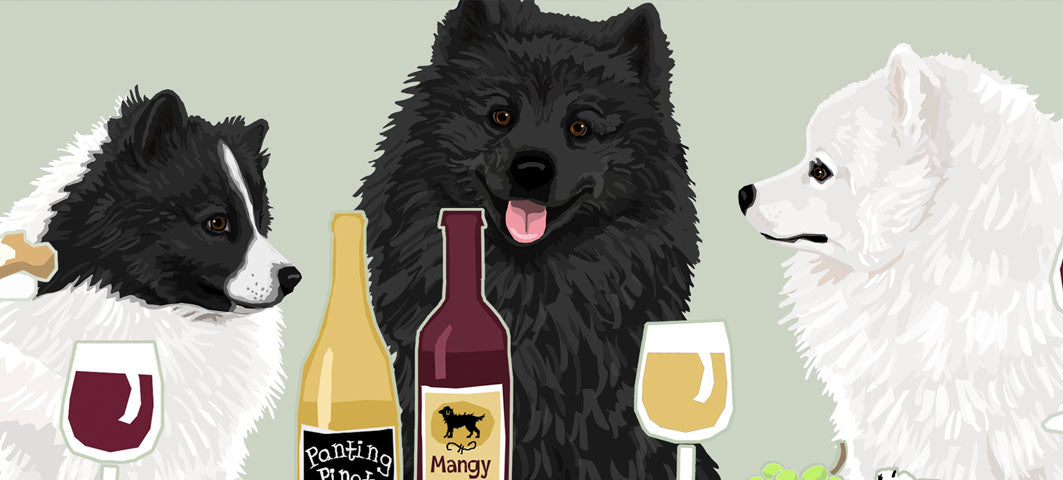

German Spitz has Arrived!
The German Spitz is always attentive, lively and exceptionally devoted to his owner His distrust towards strangers and lack of hunting instinct make him the ideal watchdog for the home. His indifference to weather, robustness and longevity are his most outstanding attributes. Spitz breeds like the German Spitz are captivating on account of their beautiful coats, made to stand off by a plentiful undercoat. Particularly impressive is his strong, mane-like collar around his neck, called a ruff, and the bushy tail carried boldly over his back. His foxy head, alert eyes, and small, pointed, closely-set ears give the German Spitz his unique cheeky appearance. His coat comes in a variety of colors including white, black, cream, gold, black and tan, sable, and chocolate brown. Though easily trainable, this lively and intelligent breed can also have an independent streak. If properly trained (so as not to be too noisy) and well socialized, the German Spitz will be happy mingling with other people and dogs.
The German Spitz is one of the most ancient of dog breeds and the oldest originating from Central Europe
It should be first noted that the FCI views the German Spitz to be in the same family as the Pomeranian/Toy Spitz (the smallest) and the Keeshond/Wolfspitz (the largest), with three sizes of German Spitz in the middle (giant, medium, and miniature.) Therefore, the history of the German Spitz is intertwined with these two other breeds.
First references of the spitz can be found in 1450 when Count Eberhard Zu Sayn of Germany remarked that the dog was a valiant defender of the home and fields. The province of Pomerania, a historical region on the south shores of the Baltic between modern-day Germany and Poland, was the home of many of the early members of this breed, hence the early name of Pomeranian.
Shop for original German Spitz artwork
Shop NowLatest Posts
-
 Thank you for a te'ruff'ic year. It was a blessing to meet all of my furry friends and their people.
Thank you for a te'ruff'ic year. It was a blessing to meet all of my furry friends and their people. -

Summer's Almost Here! Discovering The Ruff Life by Sara England Designs: A Pet Art Haven in Rehoboth Beach, Delaware
Nestled in the charming coastal town of Rehoboth Beach, Delaware, The Ruff Life by Sara England Designs is more than just a shop—it's a delightful art studio where the love for pets and creativity intertwine. As you stroll through this...
-

Celebrating Eight Wonderful Years: Sara England's Journey with The Ruff Life, her Dog Art Pet Boutique
In the heart of Rehoboth Beach, nestled among the quaint shops, fun restaurants and bustling boardwalk, lies a haven for pet lovers and art enthusiasts alike. The Ruff Life, owned and curated by the passionate Sara England, celebrates its eighth...


